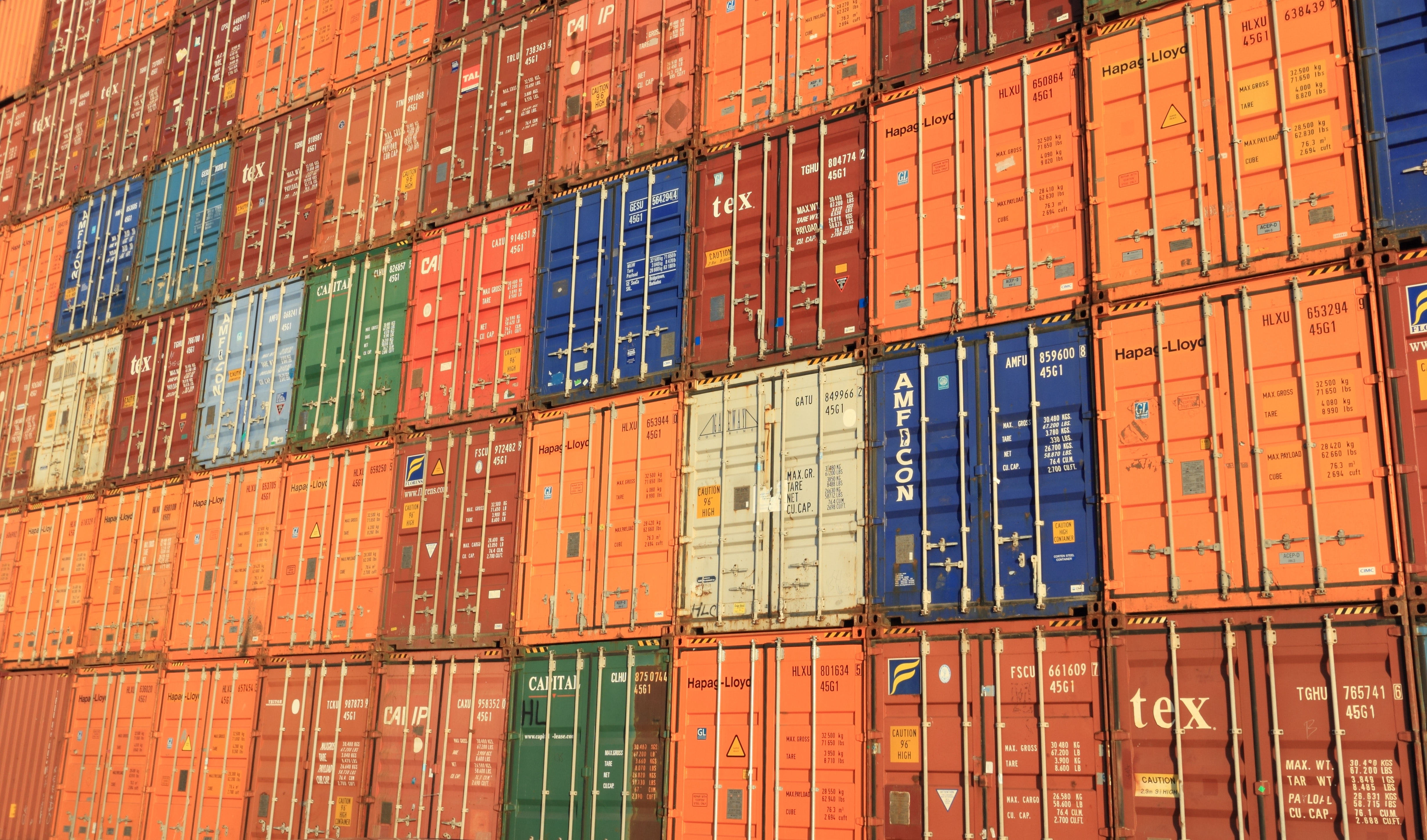dumping allegation
Dumping Allegation
What is the “dumping allegation”? The basis for an antidumping duty petition is the allegation that a foreign producer or exporter is selling merchandise in the U.S. market at a price that is below that producer’s sales price in the country of origin (“home market”), or at a price that is lower than the cost of production (i.e., dumping).
In analyzing the dumping allegation, the Department of Commerce (Commerce) determines whether the petition contains reasonably available information and adequate supporting documentation relevant to the calculation of the price of the foreign merchandise sold or offered in the U.S. market (i.e., U.S. price) and the fair value (i.e., normal value) of the foreign merchandise.
Key Elements of the Dumping Allegation:
- U.S. Price: the price of the foreign merchandise sold or offered for sale in the U.S. market.
- Normal Value: the price of the same merchandise sold or offered for sale in the foreign producer’s home market, or, if home market prices are unavailable, the price of the foreign merchandise sold or offered for sale in a third country market. In some cases, normal value is based on the foreign producer’s cost of producing the merchandise.
- Dumping Margin: the amount by which the normal value exceeds the U.S. price of the foreign merchandise, divided by the U.S. price:
(Normal Value - U.S. Price)
U.S. Price
Important Considerations:
- A petitioner can obtain pricing information from a number of sources, including lost sale and call reports, sales offers (e-mailed, online, verbal, etc.), price lists, invoices, and market research reports.
- Certain adjustments (e.g., movement and handling expenses, distributor markups, etc.) may be made to the U.S. price and/or normal value, where appropriate, to ensure a fair comparison of pricing information used in the dumping margin calculation.
- A petitioner can use a variety of publicly available sources to value the cost of production, which consists of the usage rates (i.e., the amount of material, labor, energy, and packing inputs required to produce one unit of the product), and the associated costs of materials, labor, energy, and packing, plus an amount for selling, general, and administrative expenses, overhead, and profit.
- For certain countries (e.g., China, Vietnam), which Commerce considers to be “non-market economies,” the cost of production is valued using a surrogate country, which is a market economy country that is at a similar level of economic development to that of the non-market economy country and is a significant producer of identical or comparable merchandise.
Helpful Resources:
Sections 772 and 773 of the Tariff Act of 1930, as amended
19 CFR 351.202(7)(i) of Commerce’s Regulations
Sample Dumping Margin Calculations: The slides below provide sample market economy and non-market economy margin calculations, including how to derive “normal value” and “U.S. price.” The slides also include examples of adjustments that may be appropriate to ensure a fair comparison of prices used in the dumping margin calculation. The non-market economy slides also include sample calculations for factors of production and raw material costs.
Market Economy - Basic Methodology
Non-Market Economy - Basic Methodology
